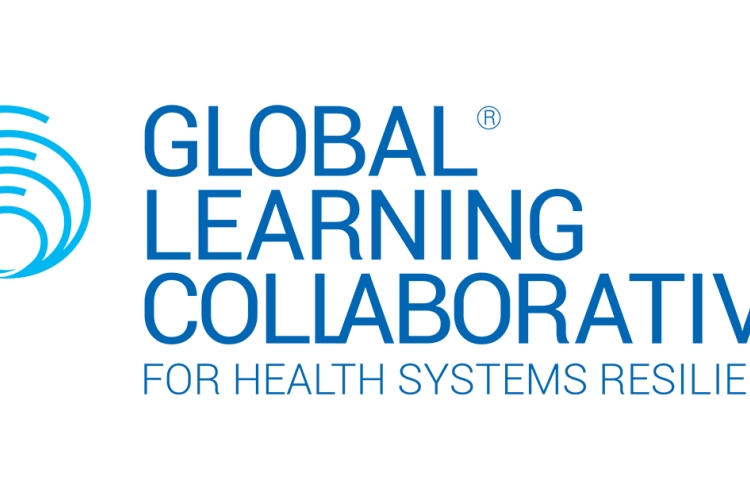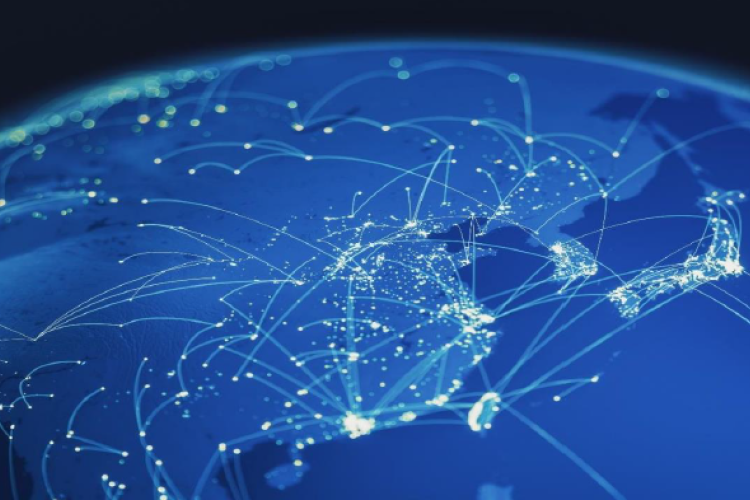HLPF 2019 Side Event on Fostering Digital Transformation and Global Partnerships for SDG Achievement
The United Nations High-Level Political Forum (HLPF 2019) side event ‘Fostering digital transformation and global partnerships for SDG achievement’ was held on 11 July 2019 at the United Nations Office for South-South Cooperation in New York. Saudi Arabia hosted the side event with the engagement of the United Nations Office for South-South Cooperation, UN Group on the Information Society (UNGIS) and the World Summit on the Information Society (WSIS) stakeholders.
As more advanced economies develop and deploy emerging technologies (e.g., Artificial Intelligence, Blockchain, the Internet of Things, etc.) at a faster rate, the gap between developing and developed countries is widening. Notably, many of the Least Developed Countries (LDCs) and Small Island Developing States (SIDS) continue to struggle when it comes to improving digital capacities and inclusive access to digital technologies. Some of the pressing issues that result from this widening gap include the availability of online content in local languages, broadband infrastructure and limited capacity in digital technologies, especially in rural areas. These challenges need to be systematically addressed to achieve the inclusive, more equal world envisioned in the 2030 Agenda. Moreover, addressing these challenges requires increased cooperation as called for by the UN Secretary-General.
In this context, this side event highlighted that cooperation must be further reinforced to ensure that technological progress is even across all regions and benefits all. The side event showcased good practices at the national, regional, and international level in the field of digital transformation and global partnerships to achieve the Sustainable Development Goals (SDGs). The side event also reflected on the WSIS-SDG matrix, which underlines the role of ICTs in successfully achieving the Agenda 2030 targets.
ICT Synergies in Asia and the Pacific
Recent work of the United Nations Economic and Social Commission for Asia and the Pacific (ESCAP) shows that on current trajectories, the countries in Asia and the Pacific are unlikely to achieve the seventeen SDGs. One of the significant opportunities lies in bringing the potential of new technologies to help countries achieve the SDGs. Notably, these new technologies can play a vital role in attaining certain SDGs, such as ‘decent work and economic growth’ and ‘responsible consumption and production.’ These are the areas where the Asia-Pacific region is most behind.
Some countries in the region have already emerged as leaders in technology innovation and are shaping the global landscape. One of the areas where this progress is exceedingly evident is Artificial Intelligence (AI), which is fast becoming a significant growth driver in many countries of the region including China; Japan; Republic of Korea; and Singapore. Another technology area is 5G. In April 2019, the Republic of Korea became the first country in the world to roll-out a 5G network. In India, the digital transformation is happening through the Aadhaa initiative, which provides digital identity. This digital identity has facilitated cash transfers, crop insurance, and various innovative methods to manage business transactions.
The biggest challenge is that the application of these new technologies is broadband-dependent. Compared to the countries with limited broadband connectivity, countries with extensive broadband networks are expected to advance more rapidly in the development and rollout of these advanced technologies. As digital technologies continue to permeate across all growth sectors, broadband dependent digital transformation could aggravate the existing patterns of inequality both between, and within countries.
Asia-Pacific has a plan that could bridge the digital divide and bring together all countries. The Asia-Pacific Information Superhighway (AP-IS) initiative was launched by ESCAP member countries to increase the availability, affordability, and resilience of broadband infrastructure in the region. Over the next few years, the regional and national initiatives of the AP-IS will focus on promoting cross-border physical broadband infrastructure development. Coordination and collaboration with UN agencies, partners, and stakeholders is at the core of the AP-IS initiative. Through the AP-IS initiative and ESCAP’s broad multi-sectoral intergovernmental platforms, ESCAP is helping bring stakeholders together to highlight good practices, share lessons learned, and promote approaches to scale up innovative solutions.
For more information on the side event, please visit: https://www.unsouthsouth.org/wp-content/uploads/2019/07/2.-Fostering-Digital-Transformation-and-Global-Partnerships-for-SDG-achievement.docx
To learn more about the HLPF 2019, please visit https://sustainabledevelopment.un.org/hlpf/2019/
Additional information on the Asia-Pacific Information Superhighway can be accessed via https://www.unescap.org/our-work/ict-disaster-risk-reduction/asia-pacific-information-superhighway/about






